Anyone who has ever worked out extensively has probably experienced muscle knots— a tight, painful bump in your muscles that is caused by tightened and tense muscles. Muscle knots, scientifically called myofascial trigger points, are naturally occurring and can be incredibly painful, but luckily there are ways to treat the pain and discomfort.
What Are Muscle Knots?
When a muscle or a group of muscles tighten up, doctors refer to them as myofascial trigger points or muscle knots! Muscle knots are constantly contracting, hardening, and guarding against muscle strains and overworked or injured muscles.
To put it in the simplest form possible, when a muscle is overworked or injured, it will tighten up in an attempt to protect the muscle fibers and the ligaments. While muscle knots are natural, they can be incredibly uncomfortable and painful. Some muscle knots can tighten to be as stiff as a rock, so naturally, there is cause for treating this pain and discomfort. Using TENS recovery devices may help with pain and discomfort.
What Does A Knot In A Muscle Look Like
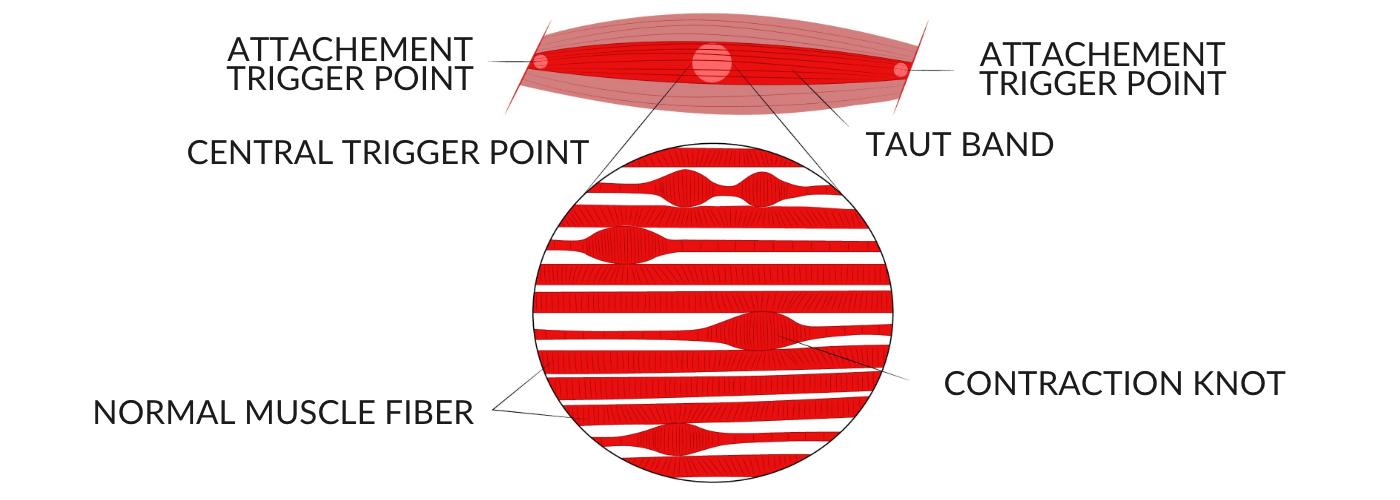
Have you ever experienced a tight, painful knot in your muscle? If so, you may have wondered what exactly is causing this discomfort. A knot in a muscle can feel like a hard, lumpy bump that is painful to the touch. These knots are often referred to as trigger points and can be caused by a variety of factors.
Trigger points can form when muscles become overused or stressed. They can also develop from poor posture or repetitive motions.
When muscles are strained, the fibers within them can become tangled and stuck together, forming these knots. Trigger points can be found throughout the body but are most commonly found in the neck, shoulders, and back. Symptoms of trigger points include pain, stiffness, and limited range of motion. Understanding what these knots look like and how they develop is important for managing their symptoms effectively.
What Causes Muscle Knots?
As mentioned, trigger points are caused by overuse, injuries, strains, and even trauma to a muscle. Your body’s involuntary response to these injuries is to contract the muscle to prevent more injuries!
It’s a good thing, but your muscles bunching up can be painful, so how do you treat muscle knots?
How To Get Rid Of A Muscle Knot
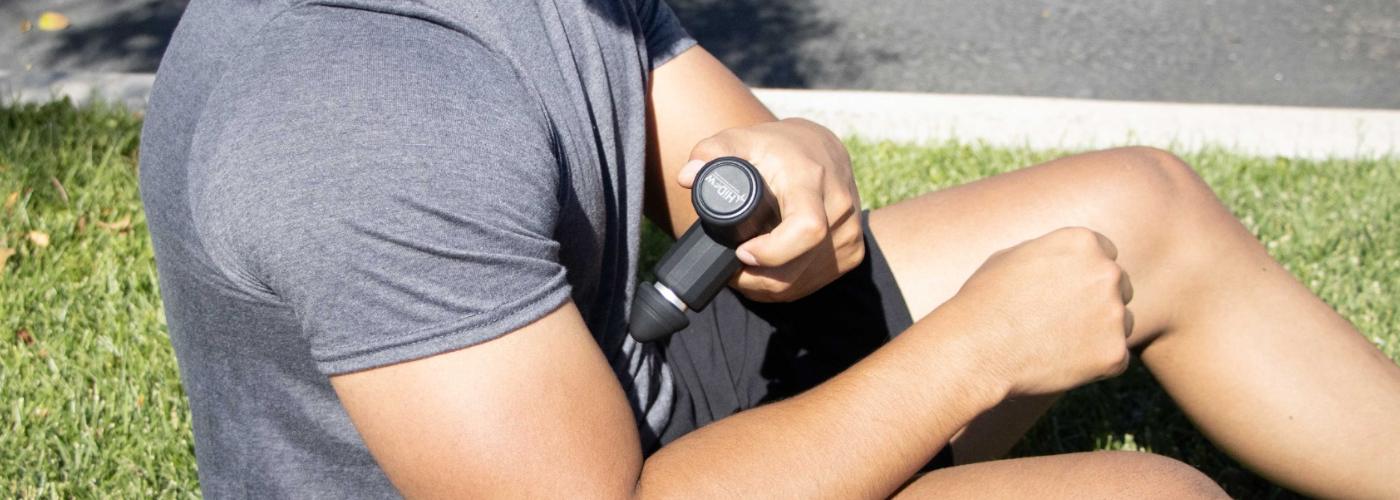
Treating muscle knots and muscle pain altogether will require some patience. We’ve all been there— injured from sports or exercise and wanting to rush back into action. Please do everything you can to fight that urge and start by getting rest. The first thing that you need to do is prepare to get some rest while you treat the pain.
Then you should look into various treatments and therapies proven to help alleviate and treat pain. TENS / EMS therapies, massages, and hot/cold treatments are popular ways to treat the pain and discomfort caused by knots.
How Long Do Muscle Knots Last?
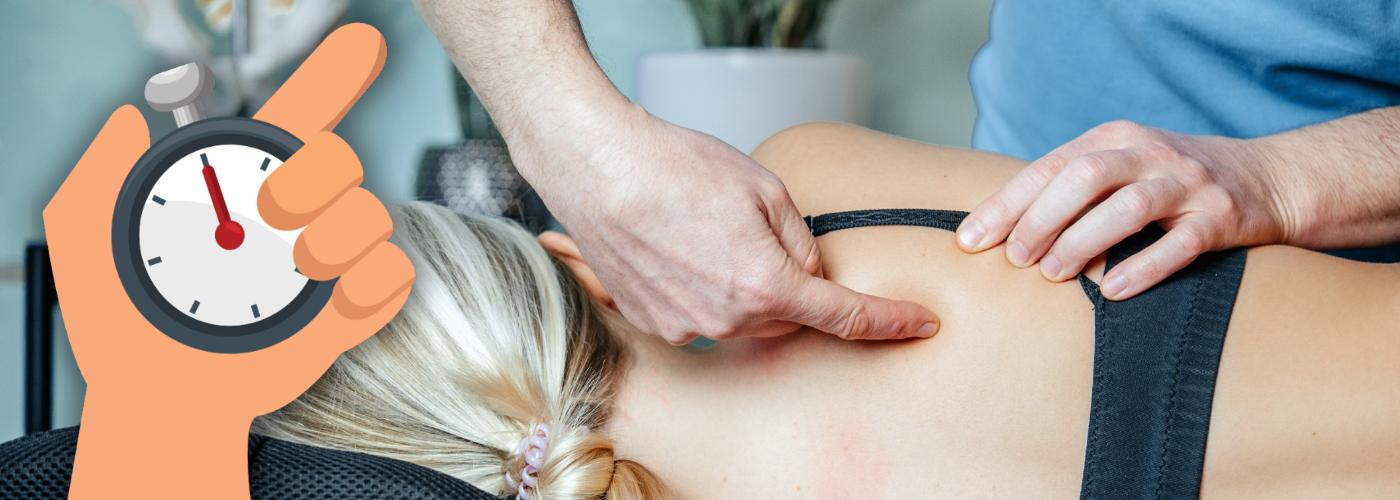
Muscle knots, also known as myofascial trigger points, are a common occurrence for many people. They occur when muscle fibers become tight and tense, causing a small knot to form within the muscle tissue. These knots can cause pain, discomfort and even limit your range of motion.
The duration of muscle knots varies from person to person and depends on several factors. The severity of the knot plays a significant role in determining how long it will last.
If the knot is mild or moderate, it may resolve itself within a few days with rest and gentle stretching. However, more severe knots may take several weeks or even months to heal fully.
Using TENS and EMS Therapy to Treat Muscle Knots
TENS & EMS units to treat knots are one of the best ways to treat the pain of strained and contracted muscles. Using a TENS or EMS device for pain relief is very simple.
To use the TENS device to treat knots. You must find comfortable electrode placements and follow the instructions for the specific TENS device you use. Finding the right electrode pad placement comes down to what is comfortable for the affected area.
The electrodes will deliver small electrical signals through your body and disrupt the pain signals to the nervous system. This will reduce the ability of the body to transmit pain signals.
When used with other therapies, such as massages and heating and cooling treatments. This is a highly effective way to curb the pain.
How To Prevent Muscle Knots
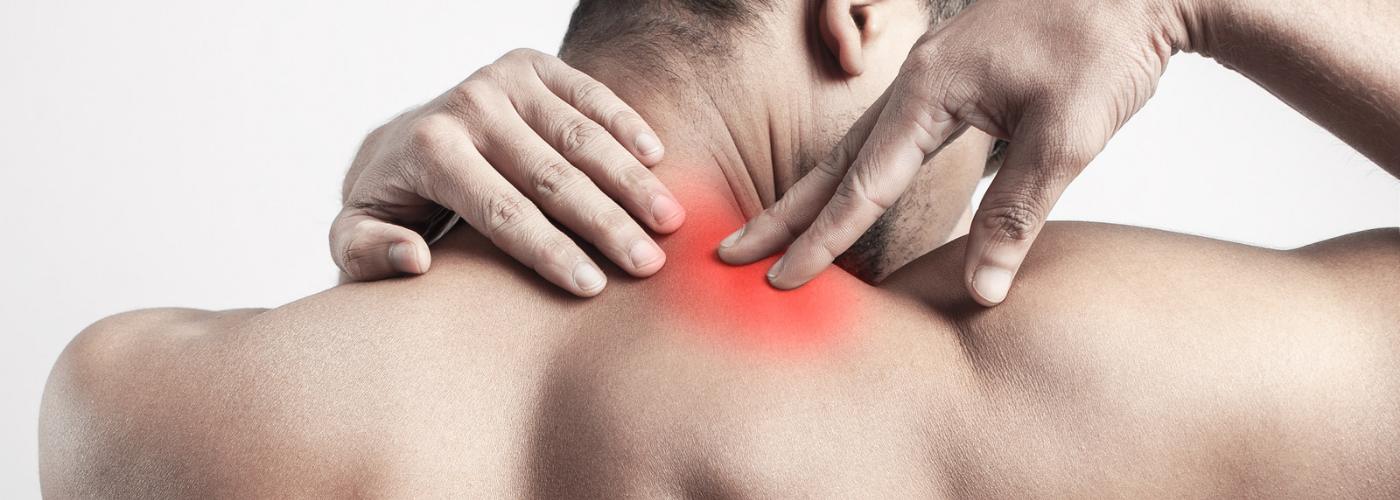
Muscle knots are a common problem that can lead to discomfort, pain and even injury. Luckily, there are several things you can do to prevent muscle knots from occurring in the first place.
First of all, it’s important to stay hydrated. Dehydration can cause muscle cramps and tightness, eventually leading to knots. Drink plenty of water throughout the day and make sure you’re getting enough electrolytes as well.
Stretching regularly is another great way to prevent muscle knots. Incorporate stretching into your daily routine, especially before and after exercise or any physical activity. This helps keep your muscles loose and flexible, which makes them less prone to developing knots. Stretching is also a great way to recover from muscle strain!
Additionally, getting regular massages or using foam rollers on your muscles may also help prevent knotting by increasing blood flow and reducing tension in your muscles.
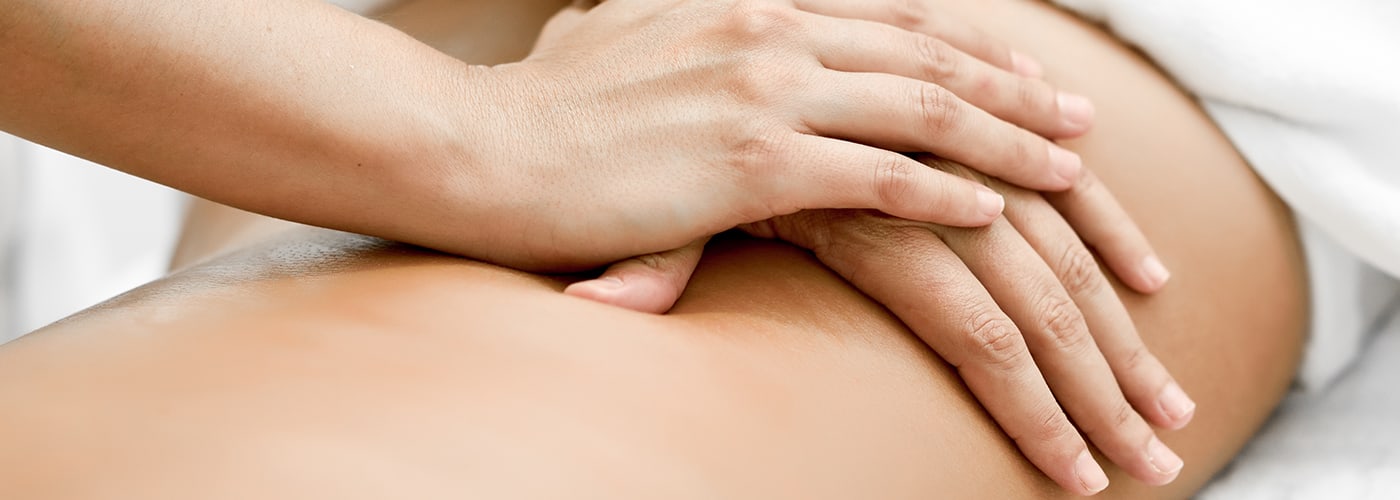
Related Stories
Red, White, and Soothe: How HiDow Helps You Recover in the Heat
Recovery that works in winter doesn’t always hold up in the heat. The body reacts...
Jul
Massage Gun Showdown: How the Power Duo Compares to Traditional Methods
Have you ever considered that a handheld device could revolutionize your muscle recovery? With the...
Jun
Fatherly Fitness Tips For Men’s Health Month
Men’s Health Month is more than a date on the calendar—it’s a call to action....
Jun
Built to Move: The Everyday Recovery Edit
Movement is what keeps us going—literally. Whether it’s recovering after a run, loosening up after...
Jun
Unlocking The Secret To Tissue Injury Recovery With TENS/EMS Devices
Have you ever wondered why some injuries take longer to heal than others? Tissue injuries...
May
Get Mobile With HiDow TriggerFlex Tools & TriggerFlex 2.0
Tight muscles holding you back? Whether you’re dealing with daily tension or post-workout soreness, recovery...
May